Urban Elements
The ‘Urban Elements’ method for teaching parametric urban design to professionals
Aurel von Richthofena, Katja Knechta, Yufan Miaoa, Reinhard Königa,b,c
aETH Zürich, Future Cities Laboratory Singapore, Singapore-ETH Centre, Singapore
bBauhaus University Weimar, Belvederer Allee 1, 99423 Weimar, Germany
cAustrian Institute of Technology Vienna, TECHbase Vienna, Giefinggasse 2, 1210 Vienna, Austria

Figure 1 Example of an ‘Urban Element’.
The article proposes a method for teaching advanced urban design to working professionals in Singapore. The article aims to expand the discourse on parametric urban design education by introducing ‘Urban Elements’ as conceptual urban design instruments with an inherent rulebased logic, which can help to bridge gaps in teaching parametric urban design thinking.
As case study we present a course developed for and delivered to the Urban Redevelopment Authority (URA) in Singapore in 2017 by the Future Cities Laboratory at the Singapore-ETH Centre. The article reports on the pedagogical method, course results and course feedback.
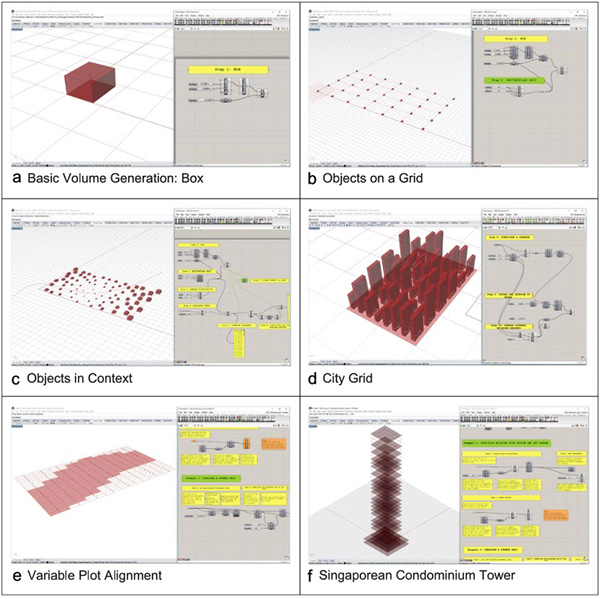
Figure 2 Examples of generic urban components taught prior to the beginning of the term in the boot camp (chart with grids, plots, massing, functions).
The main difficulties of teaching professionals in parametric urban design are described and possible reasons and improvements are discussed. The results show that participants using the ‘Urban Elements’ method successfully linked theoretical input to urban design problems, applied evidence-based urban design strategies to these problems, and developed parametric definitions to explore the solution spaces of these urban design challenges.
The teaching methodology presented opens up a new research field for urban design pedagogy at the intersection of explicating urban design intent, integrating multidisciplinary knowledge and exploring new software driven tools.
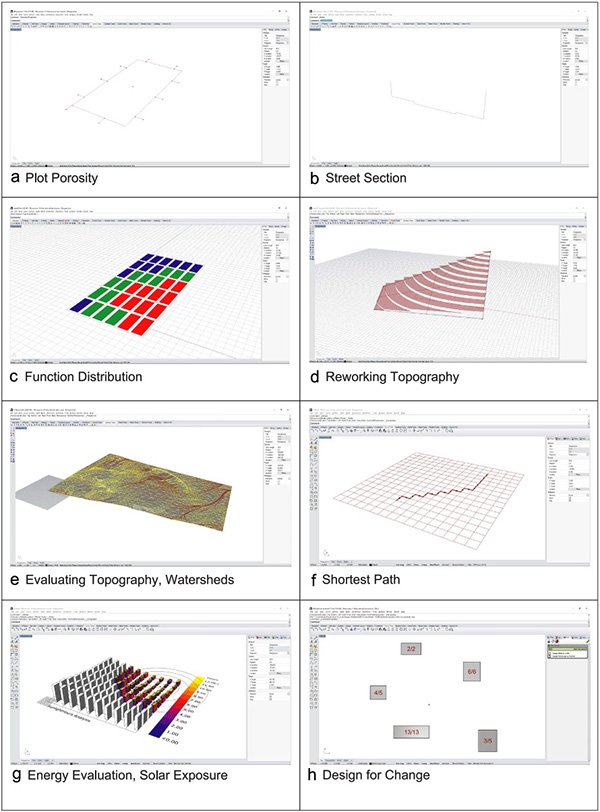
Figure 3 Examples of urban concepts taught during the term and translated into Grasshopper tutorials.
Building sustainable, resilient and liveable environments requires taking increasingly complex design decisions and integrating knowledge from various areas of expertise. To equip urban designers with the knowledge and tools to address these challenges, the Future Cities Laboratory (FCL) developed a course at postgraduate level in collaboration with the Urban Redevelopment Authority (URA) in Singapore.
The course was called Advanced Studies in Urban Design (AS-UD) and aimed to challenge jaded notions of urban design and the primacy of form. The curriculum employed urban design knowledge, skills and understanding as a means of integrating the diverse disciplinary skills of participants, such as architectural design, landscape design, and social and environmental analysis. This called for more integrated methods of urban design pedagogy. Consequently, new conceptual and digital tools were needed for the teaching of urban design.
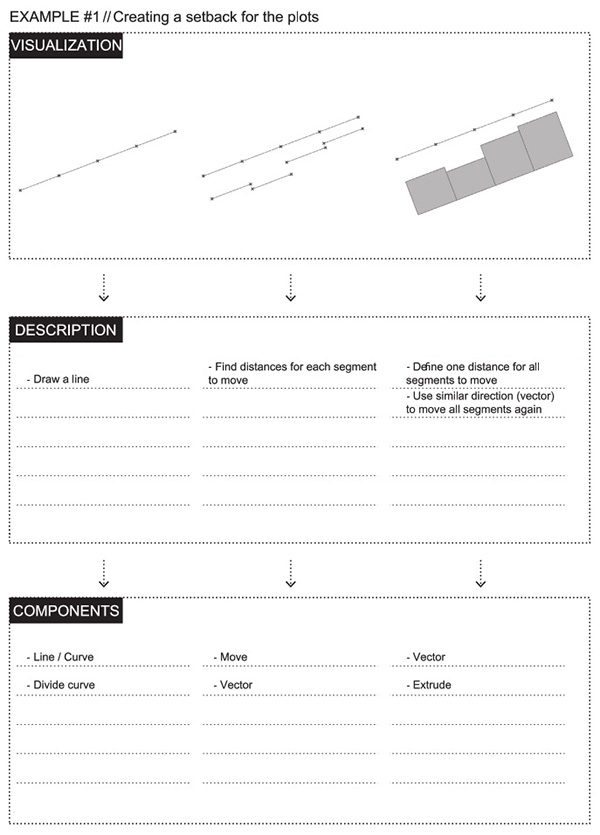
Figure 4 Parametric exercise for creating a setback for plots.
The course introduced a novel method to teach urban design concepts and to translate these into parametric urban design definitions: the ‘Urban Elements’ method. The course was evaluated at two stages, first around the middle of the course when the ‘Urban Elements’ method had been introduced and parametric definitions explored and a second time at the end of the course when the ‘Urban Elements’ method was used to produce a complete urban design proposal.
The results show that the students’ abilities to analyze urban design problems, to abstract them, to translate them into parametric definitions and to use them for innovative urban design proposals significantly improved using the ‘Urban Elements’ method.
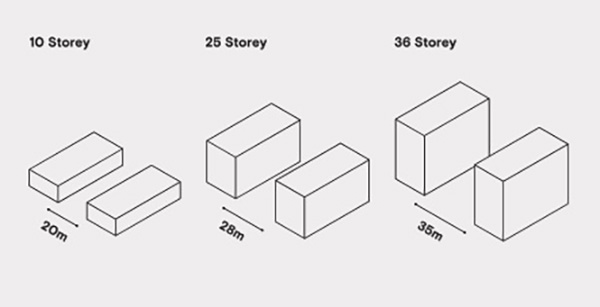
Figure 6 ‘Urban Element’ page entitled Balancing Privacy & Density developed by student 1.
Parametric design tools accept variable input data, establish mathematical relationships and produce further data, including geometric information. With advances in computing power and the growing availability of data, parametric systems can now be employed to deal with complex urban phenomena on a multi-scalar and multidimensional level. In comparison to conventional design methods, parametric urban design uses rule sets as the basis for the configuration of 3D urban models.
The advantage of this is that it enables the exploration of a wide range of alternative solutions by changing the parameters of the logical relationship, whereas for traditional methods, designers usually only consider a relatively limited number of alternative solutions. Another advantage is that designers can change and modify their own rule-based models at any stage of the design process so that the design process can be kept open and flexible, because all procedures, activities, and relations in parametric design are clearly defined.
In short, parametric urban design can be used to model alternative scenarios, visualisations and quantification all in one – a key advantage over conventional design methods. A parametric urban design is thus agile to changing input constraints and offers flexible solutions that can be re-computed depending on stakeholder perspective. However, since many parametric definitions are ‘tailored’ to specific tasks, require input data in specific formats or are ‘locked’ into proprietary software, the agile integration of urban design concepts has to date been lacking. Despite advances in research and availability of tools, parametric urban design has not yet been widely adopted in practice. A useful contribution to improving the situation would be to conceptualise parametric ‘Urban Elements’. This is proposed in this article.
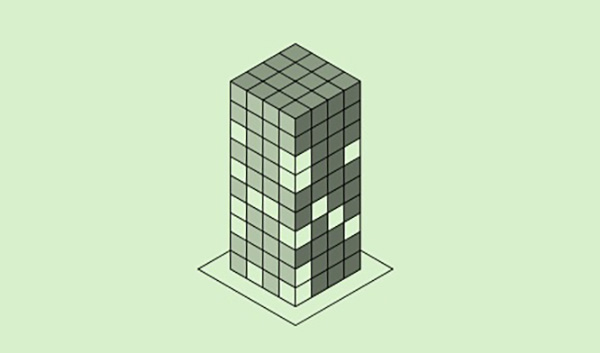
Figure 7 ‘Urban Element’ page entitled Green Replacement developed by student 2.
This catalogue formed the basis for the following urban design projects. These projects demanded complex urban design solutions that included the necessity to analyse and represent important site conditions, to negotiate contradicting site constraints and to combine different component layers of urban design such as ‘access and connectivity’, ‘volume and density’, ‘ecology and energy’, ‘character and typology’.
The ‘Urban Elements’ were used to cast and prototype urban design both conceptually as well as by use of parametric design definitions geometrically and functionally. This allowed to identify further areas of design work quickly and helped to speed up the design process significantly. This was particularly important in the context of a professional education course where participants had significantly less time that for instance graduate students.
The ‘Urban Elements’ also allowed an in depth and knowledgeable discussion about the design steps and motivations. This process came closer to an evidence-based design process and revealed any biases that existed amongst participants. This helped to resolve design-related conflicts and ultimately raised the quality of the urban design projects.
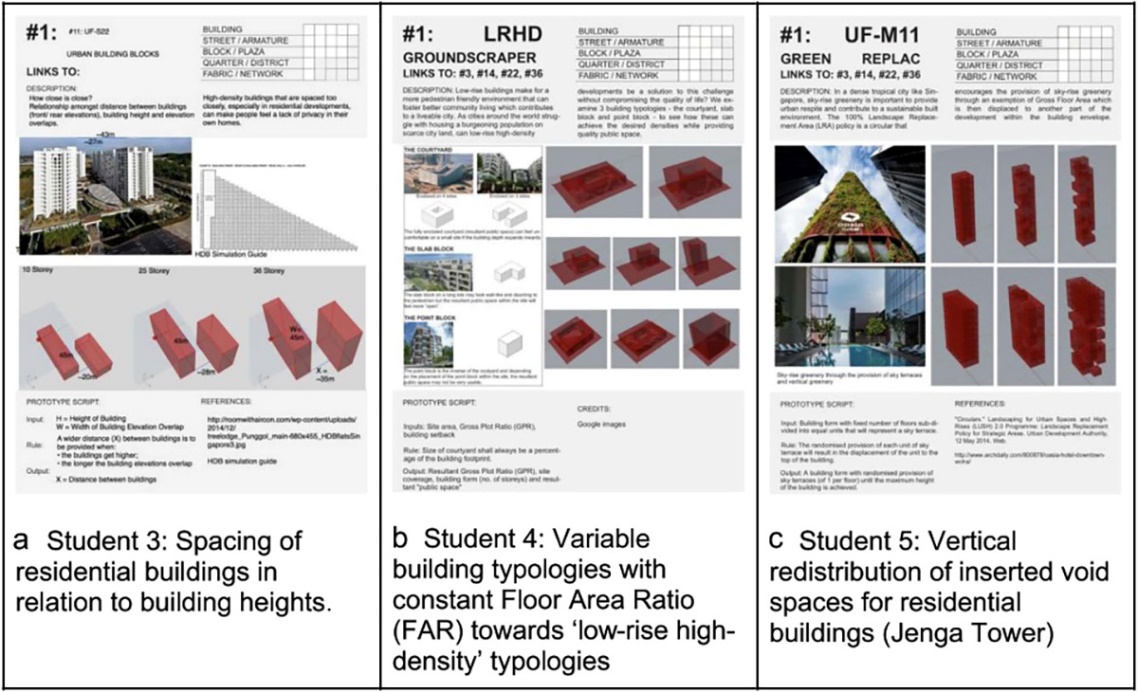
Figure 8 Examples of parametric ‘Urban Elements’ developed by the participants.
In this research, ‘Urban Elements’ have been developed and validated as a novel urban design pedagogy, incorporating the students’ domain knowledge and insights into the design tasks. As a conceptual urban design framework with an inherent rule-based logic, it is a novel approach because it can combine interdisciplinary insights on urban planning tasks while facilitating the learning of parametric urban design thinking.
It also provides an avenue for the explicit evaluation of urban design results against the design tasks compared with conventional urban design methods. This is highlighted by the clearly shown potentials and limitations of the proposed teaching method. Based on the results of this study we recommend an integrated pedagogic approach that connects the development of urban design concepts with the education of advanced parametric modelling skills. A separation of urban design studios and classes for computational skills is clearly inhibiting the development of computational designers with a corresponding new perspective on parametric design thinking.




























Comments